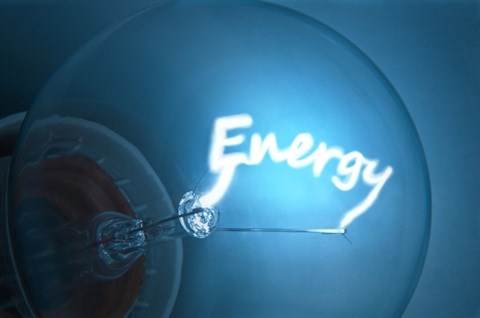
According to a special report of the International Energy Agency's (IEA) Africa Energy Outlook, increased access to modern forms of energy is crucial to unlock faster economic and social development in the region.
"A better functioning energy sector is vital to ensuring that the citizens of sub-Saharan Africa can fulfil their aspirations," said IEA executive director, Maria van der Hoeven. "The energy sector is acting as a brake on development, but this can be overcome and the benefits of success are huge."
The region's energy resources are more than sufficient to meet the needs of its population, but they are largely under-developed. The region accounted for almost 30% of global oil and gas discoveries made over the last five years, and it is already home to several major energy producers, including Nigeria, South Africa and Angola. It is also endowed with huge renewable energy resources, including excellent and widespread solar and hydro potential, as well as wind and geothermal.
The report finds that investment in sub-Saharan energy supply has been growing, but that two-thirds of the total since 2000 has been aimed at developing resources for export. Grid-based power generation capacity continues to fall very far short of what is needed, and half of it is located in just one country - South Africa. Insufficient and unreliable supply has resulted in large-scale ownership of costly back up generators.
In the report's central scenario, the sub-Saharan economy quadruples in size by 2040, the population nearly doubles (to over 1.75 billion) and energy demand grows by around 80%. Power generation capacity also quadruples: renewables grow strongly to account for nearly 45% of total sub-Saharan capacity, varying in scale from large hydropower dams to smaller mini- and off-grid solutions, while there is a greater use of natural gas in gas-producing countries.
Natural gas production reaches 230 billion cubic metres (bcm) in 2040, led by Nigeria (which continues to be the largest producer), and increasing output from Mozambique, Tanzania and Angola. LNG exports onto the global market triple to around 95bcm. Oil production exceeds 6 million barrels per day (mb/d) in 2020 before falling back to 5.3 mb/d in 2040.
Nigeria and Angola continue to be the largest oil producers by far, but with a host of other producers supplying smaller volumes. Sub-Saharan demand for oil products doubles to 4 mb/d in 2040, squeezing the region's net contribution to the global oil balance. Coal supply grows by 50%, and continues to be focused on South Africa, but it is joined increasingly by Mozambique and others.
The capacity and efficiency of the sub-Saharan energy system increases, but so do the demands placed upon it, and many of the existing energy challenges are only partly overcome. In 2040, energy consumption per capita remains very low, and the widespread use of fuelwood and charcoal persists.
"Economic and social development in sub-Saharan Africa hinges critically on fixing the energy sector," said IEA chief economist, Fatih Birol. "The payoff can be huge, with each additional dollar invested in the power sector boosting the overall economy by $15."
The IEA report shows that three actions could boost the sub-Saharan economy by a further 30% in 2040, and deliver an extra decade's worth of growth in per capita incomes by 2040. These actions are: